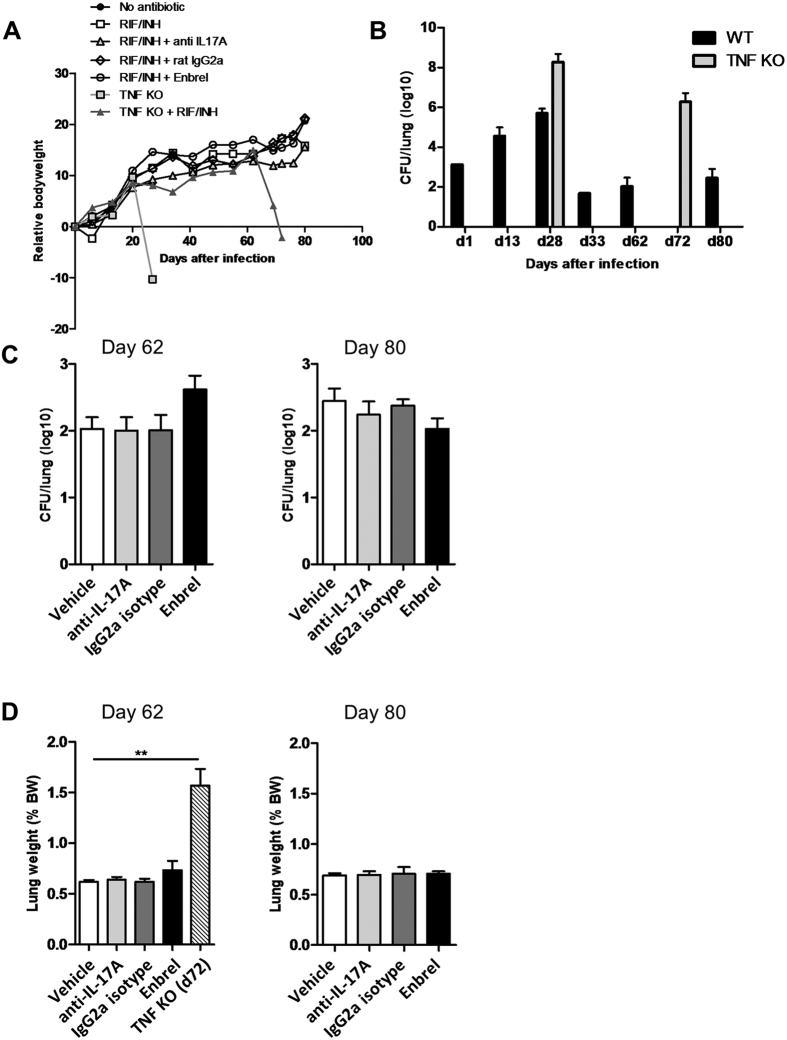Figure 3. Neutralizing IL-17A does not compromise host response to M. tuberculosis infection in a murine reactivation model.
C57BL/6 mice or TNFα-deficient mice were infected with M. tuberculosis infection (H37Rv, 1000 CFU i.n.); they received isoniazid (INH) and rifampicin (RIF) to control the infection, from day 14 to 35. On day 35, mice were then injected i.p. weekly with an IL-17A neutralizing antibody (IgG2a; MAB421 R&D), or the respective isotype control antibody (MAB 006 R&D; all 1 mg/mouse) or with Enbrel (30 mg/kg), starting on day 35 for 4 weeks, until day 62. Body weight (A) and pulmonary bacterial load (B) in wild-type and TNFα-deficient mice were monitored during 80 days. (B) Depicts several protocol controls, namely original bacterial burden on day 1, increased burden in wild-type mice on day 13 and 28 in the absence of antibiotics treatment, exacerbated bacterial load in untreated TNF KO mice on day 28 when they had to be terminated; The effectiveness of the INH+RIF regimen was verified in wild-type mice on day 33, with a slow recovering bacterial growth thereafter measured in wild-type mice on day 62 and 80, and in TNF KO on day 72 when their condition rapidly degraded and they had to be terminated. Lung bacterial load (C) and relative weight (D) in the anti IL-17A antibody or Enbrel-treated groups, with saline and isotype controls were measured on day 62 and 80 post-infection; relative lung weight of TNFα-deficient animals on day 72 included for comparison (D). Results are expressed as mean +/− SEM of n = 10 mice per group. **p < 0.01 as compared with vehicle controls.

